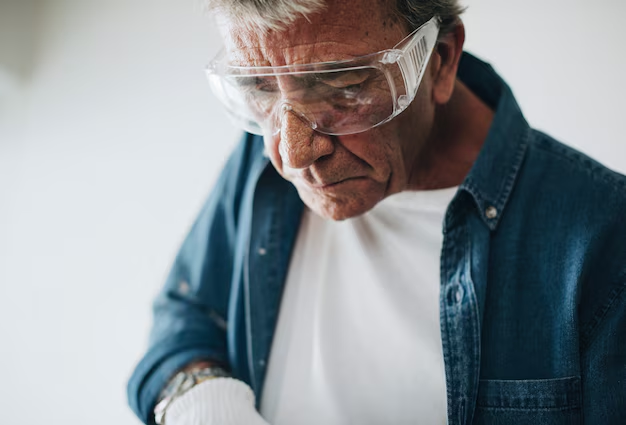Making Your Loved One's Home Safer: Essential Tips for Senior Well-being
Ensuring that a senior's home is a safe haven is crucial for their well-being and independence. As our loved ones age, their living environment should evolve to match their changing needs. Here are some practical steps to enhance the safety of a senior’s home, along with information on how various resources can bolster these efforts.
Addressing Common Hazards
Identifying and mitigating potential risks in a senior’s home is the first step toward enhancing safety.
Clear Clutter: Start by removing unnecessary items from floors and pathways. Clutter can be a tripping hazard, so keep walkways clear and organized.
Secure Rugs and Carpets: Use double-sided tape or non-slip pads under rugs and mats to prevent slips and falls.
Install Grab Bars: Place these in key areas like bathrooms and beside beds to provide extra support for standing and moving.
Improve Lighting: Ensure all areas of the home, particularly stairways and hallways, are well-lit. Consider installing motion-sensor lights for added convenience.
Adjust Furniture Layout: Arrange furniture to maximize open space and prevent accidental bumps or trips.
Technological Solutions for Safety
Leveraging technology can add an extra layer of safety for seniors.
Smart Home Devices: Invest in gadgets like voice-activated assistants, smart locks, and video doorbells for enhanced security and ease of use.
Medical Alert Systems: Consider systems that offer 24/7 emergency support—these can provide peace of mind for both the senior and their family.
Government and Financial Support
When it comes to financing these home safety improvements, several government and financial aid programs can offer support, ensuring seniors do not bear these costs alone.
Medicare and Medicaid: These programs often offer benefit options that include coverage for certain in-home services or equipment, like grab bars or personal response systems.
Local Government Programs: Many municipalities have initiatives designed to assist seniors with home modifications—exploring these can lead to substantial savings.
Nonprofit Organizations: Agencies like the Area Agencies on Aging can connect seniors to resources and financial assistance for home safety improvements.
Encouraging Active Involvement
Encouraging seniors to be actively involved in their home safety can ease the transition and promote independence.
Engage in Regular Discussions:Talk openly about their needs and concerns, allowing them to participate in decisions about their home.
Plan Routine Safety Checks: Schedule regular checks to make sure everything is working properly, from alarms to lightbulbs.
Promote Community Activities: Help seniors find community groups and activities to stay engaged socially, which can indirectly support mental health and overall safety.
By blending thoughtful adjustments with resourceful solutions, creating a safe living environment for seniors can be both manageable and affordable. Whether through technological investments, organizational changes, or financial assistance, these strategies ensure that your loved ones enjoy a secure, comfortable home.
Financial Assistance Resources 🌟
- Medicare/Medicaid Options: Support for in-home services and equipment.
- Local Government Aid: Grants and programs for home modifications.
- Nonprofit Organizations: Assistance and guidance from the Area Agencies on Aging.
- Community Loans or Grants: Low-interest loans or grants for eligible seniors.
